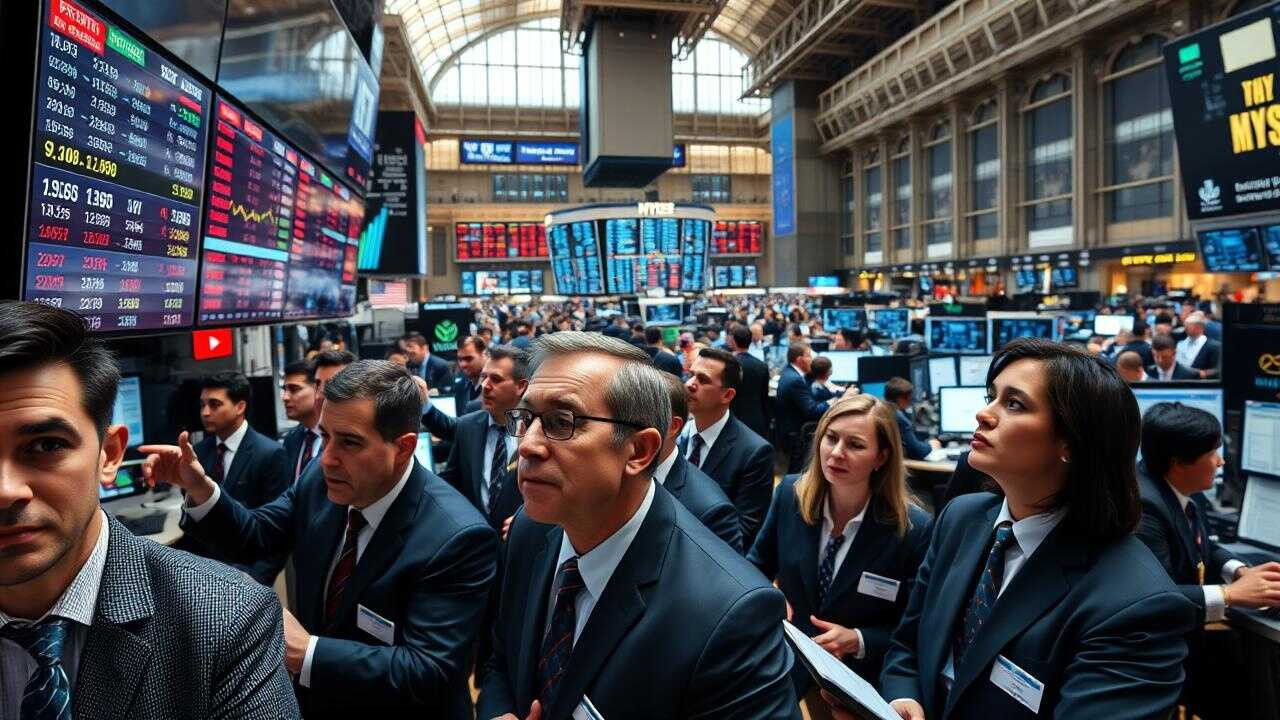Has Gold Lost Its Luster? Decoding Today’s Price Fluctuations
Gold. The word itself conjures images of ancient treasures, royal scepters, and the glint of wealth. For centuries, it’s been more than just a metal; it’s been a symbol of security, a safe haven in times of economic uncertainty, and a dazzling adornment. But in today’s volatile market, is gold still holding its own? Let’s delve into the current price movements and try to understand what’s driving them.
The price of gold is a complex dance influenced by a multitude of factors – geopolitical tensions, inflation rates, currency fluctuations, and even the whispers of impending economic shifts. This week has seen a fascinating ebb and flow in the precious metal’s value across major Indian cities. What’s behind these daily ups and downs?
Regional Variations: A City-by-City Breakdown of Gold Prices
Looking at the major metropolitan areas, we see a nuanced picture. Delhi, a major trading hub, witnessed moderate fluctuations. Mumbai, the financial capital, mirrored this trend, suggesting a nationwide sentiment rather than isolated regional pressures. Down south, Bangalore and Chennai displayed similar patterns, indicating a cohesive market response across the country. Kolkata, with its rich history of gold trading, showed expected stability.
Even Hyderabad, Ahmedabad and Jaipur, important regional markets, followed the broader national movements. This synchronized behavior suggests that larger, overarching economic forces are at play, rather than localized supply and demand issues. So, what are these forces?
Unpacking the Drivers of the Gold Market
Several elements contribute to the daily – and sometimes hourly – shifts in gold prices. Global economic indicators are paramount. For instance, a weakening dollar typically pushes gold prices upward, as the metal becomes cheaper for investors holding other currencies. Conversely, a strengthening dollar can dampen demand.
Inflation also plays a crucial role. Gold is often seen as a hedge against inflation, meaning that as the cost of goods and services rises, investors flock to gold to preserve their purchasing power. However, if interest rates rise alongside inflation, the allure of gold, which doesn’t offer interest payments, can diminish.
Geopolitical instability is another key factor. In times of conflict or uncertainty, investors often seek safe-haven assets, and gold has historically been a beneficiary of this flight to safety. Any significant political events can trigger rapid price changes.
Finally, central bank policies have a massive impact. Decisions made by the Reserve Bank of India, the US Federal Reserve, and other major central banks regarding interest rates and monetary policy can significantly influence investor sentiment towards gold.

Is Gold Still a Safe Haven Investment?
The traditional view of gold as a safe haven is being challenged. While it still provides some buffer against economic storms, other investment options, such as certain bonds or even cryptocurrencies (though with greater risk), are gaining traction. The key is diversification. No single asset should constitute the entirety of your investment portfolio.
Consider your risk tolerance, investment timeline, and overall financial goals before allocating a portion of your assets to gold. A financial advisor can help you make informed decisions tailored to your individual circumstances. Furthermore, understanding market dynamics, news events and global trends is crucial to navigating the complexities of gold as an investment.
Before making a decision, research thoroughly! You can read our article explaining [different types of investments](/investment-types) to diversify your portfolio.
The Future of Gold: Navigating the Uncertainties
Predicting the future of gold prices with absolute certainty is impossible. The factors influencing its value are too numerous and interconnected. However, by staying informed about global economic trends, monitoring central bank policies, and paying attention to geopolitical events, investors can make more informed decisions. The story of gold is far from over, and understanding its nuances is essential for anyone seeking to navigate the complexities of the modern financial landscape.
In conclusion, the recent fluctuations in gold prices across Indian cities reflect the complex interplay of global economic forces. While its role as a safe haven asset is evolving, gold remains a significant component of many investment portfolios. Staying informed, diversifying your investments, and seeking professional advice are crucial for navigating the uncertainties of the market and making sound financial decisions.







